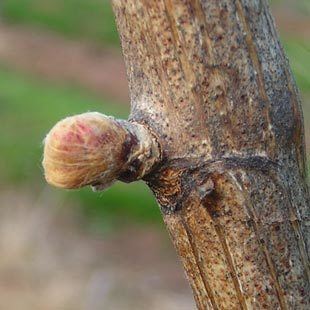 | ||
Gemmotherapy [from Lat. gemma, bud, and New Lat. therapīa, Grk. therapeia, medical treatment] is a form of herbal medicine that uses remedies made principally from the embryonic tissue of various trees and shrubs (the buds and emerging shoots), but also from the reproductive parts (the seeds and catkins) and from newly grown tissue (the rootlets and the cortex of rootlets). In two instances, remedies are also made from the sap.
This raw material is taken at the peak time of the tree or shrub’s annual germination, in the spring for buds or the autumn for seeds. Certain plant hormones and enzymes are released during this process, and in some cases are only present in the plant at this time.
Development and spread of gemmotherapy
The therapeutic effects of remedies made from the embryonic material of plants were first investigated in the late 1950s by a Belgian homeopath, Pol Henry (1918–88), working with a group of French homeopaths and biotherapists including Max Tétau (1927-2012) and O.A. Julian (1910–84). They conducted the first experiments as well as human and animal clinical trials that elucidated the effects of gemmotherapy and summarized their clinical findings.
Henry initially called the new type of medicine, phytoembryotherapy, but it was Tetau that later coined the phrase gemmotherapy.
Gemmotherapy was included in herbal therapies in France in the Pharmacopée Francaise in 1965.
